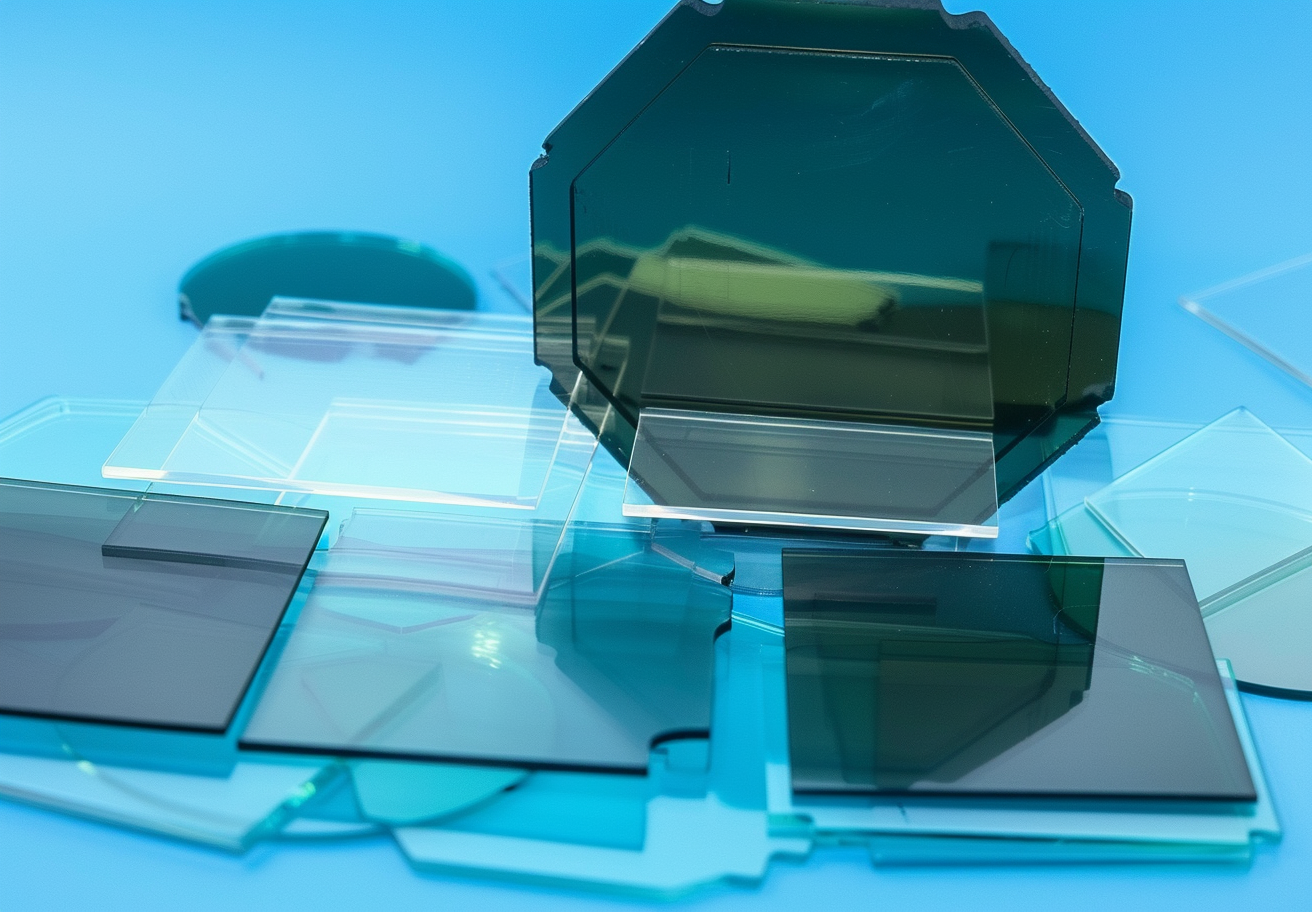Silicon carbide (SiC) crystal substrates are advanced semiconductor materials with unique properties. These substrates have become popular because they perform better than traditional silicon in many areas. SiC has a structure with alternating layers of silicon and carbon atoms. This structure gives SiC its strength and versatility, making it perfect for use in electronics, optoelectronics, sensors, and detectors.
Advantages of SiC Crystal Substrates
SiC substrates have several key advantages over silicon. First, they have a wider bandgap, which allows them to work well at high temperatures and voltages. This makes them suitable for demanding applications where traditional silicon would fail. SiC also has high thermal conductivity. This means it can handle high power without overheating, which is critical in power devices.
Another major advantage is SiC’s high breakdown voltage. This allows it to manage high voltages without failing. SiC is also much stronger than silicon, so it can withstand more mechanical stress. This makes it ideal for use in harsh conditions.
SiC in Electronics
SiC is becoming a preferred choice in electronics. It is used as a base for devices like power MOSFETs, Schottky diodes, and thyristors. These devices perform better with SiC because it handles higher voltages and temperatures more efficiently. SiC’s high dielectric strength also makes it ideal for radio frequency (RF) electronics. It is used in RF power amplifiers, which are important for transmitting signals over long distances. In microwave electronics, SiC is used in radar systems and satellite communications. These systems need materials that work well at high frequencies, and SiC meets this need.
SiC in Power Devices
SiC is perfect for power devices. It is used in power supplies, motor control systems, and renewable energy technologies. Electric vehicles, for example, benefit from SiC-based power devices because they are more efficient and manage heat better. SiC also works well in high-temperature environments, such as jet engines and gas turbines. These applications need materials that can handle extreme heat without breaking down, and SiC is well-suited for this.
SiC in Optoelectronics
In optoelectronics, SiC is valued for its wide bandgap. This makes it perfect for high-temperature LEDs and laser diodes. These are used in areas like automotive lighting, industrial machinery, and communication systems. SiC’s ability to dissipate heat efficiently is crucial in these high-power devices. Without proper heat management, these devices could fail. SiC also plays a key role in ultraviolet (UV) detectors and photodiodes. These devices are used in medical imaging, environmental monitoring, and security systems. SiC ensures that they work reliably, even in tough conditions.
SiC in Sensors and Detectors
SiC is also important in sensors and detectors. Its wide bandgap allows it to work effectively in high-temperature environments. This is important for gas sensors and radiation detectors, which are used in industries like aerospace and nuclear power. These sensors need to endure extreme conditions while providing accurate readings. SiC is also used in UV detectors and photodiodes, which detect light in the ultraviolet spectrum. These detectors are vital in monitoring environmental pollutants and conducting scientific research. SiC’s durability and efficiency make it an excellent choice for these tasks.
Conclusion
SiC crystal substrates offer a range of benefits that make them essential in modern technology. They are used in electronics, optoelectronics, power devices, sensors, and detectors. As industries continue to advance, SiC will become even more important. Its ability to handle extreme conditions and deliver reliable performance ensures that SiC will play a key role in future technologies.
Stanford Advanced Materials (SAM) is a leading manufacturer of silicon carbide crystal substrates and other advanced materials. To learn more about how SiC can benefit your applications, please visit SAM’s crystal substrates page.




